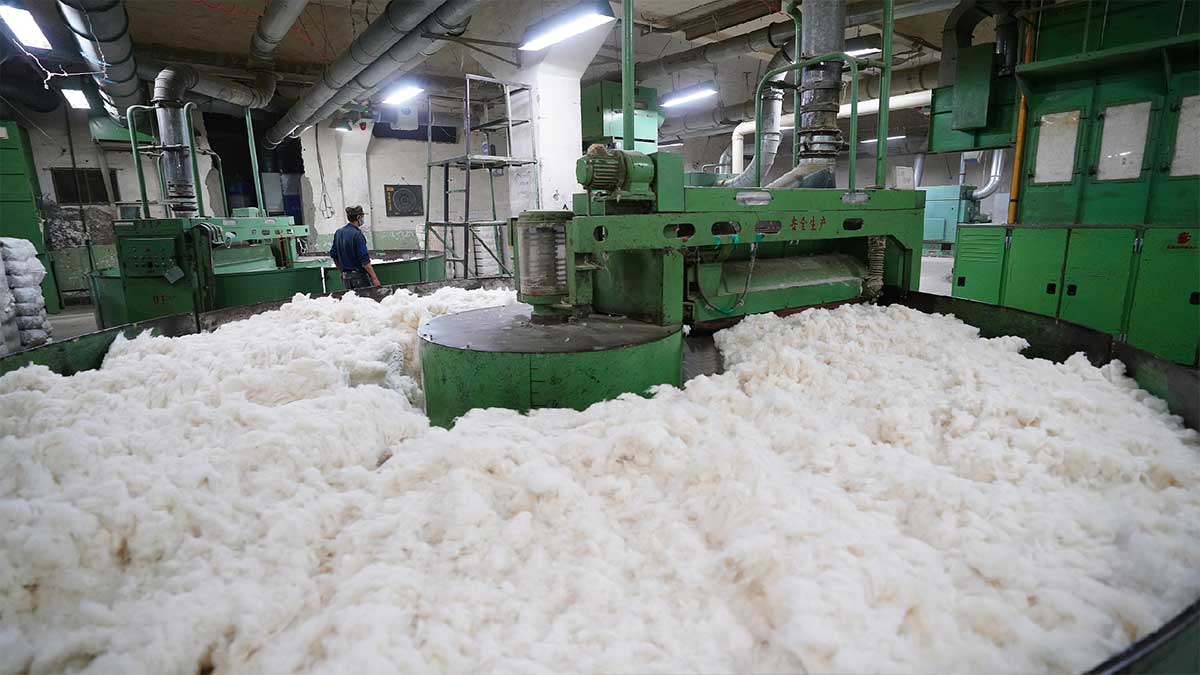Cotton production in Pakistan increased to 6.257 million bales, showed the latest data released by the Pakistan Cotton Ginner’s Association (PCGA) on Wednesday. Around 81 percent of gigantic progress has been recorded in the arrival of cotton at ginning factories.
As per the data received by PCGA, almost 6.25 million packages reached the factories by November 1 in contrast to over and above 3.45 million on the same date last year with a variance of 2.8 million bales on a year-on-year basis.
Besides this, Sindh recorded a 93 percent increase of 3.321 million bales compared to 1.724 million, and Punjab displayed a 70 percent upsurge and 2.935 million bales against 1.728 million by Nov 1 the preceding year.
Read more: 2.6 million cotton bales reach ginneries, a surge by 160 percent
Specialists have a belief that Pakistan has the capacity to produce 8.5 million cotton bales this season alongside an appraisal of 9.3 million by the Cotton Crop Assessment Committee as told by Cotton Brokers Forum chairman Naseem Usman. He comments that the cotton arriving in the market these days is, yet, of low quality.
Furthermore, the chairman speaks if 8.5 million bales of the total national cotton production are considered, the local textile industry will have to import 7 million bales to fulfill its necessity of over 15 million, while it has up to now contracted import arrangements for 4 million bales because of charges of the white lint which are hammering new peaks in the local along with world markets.
The rates of cotton in the local market are flying around Rs 16,000 per mound, whereas they have touched 116.85 cents per pound in New York.
In accordance with the figures supplied by the PCGA, the emergence of cotton by the same day in 2019 was 6 million bales, while in 2018 the digit remained at 7.7 million and it stood at 8.1 million bales in 2017.
An officer of the textile industry told the record cotton rate had placed them in a dilemma. “We are unable to sign new export contracts with our customers because of uncertainty in the cotton as well as currency market — the dollar-rupee disparity in the latter has also hit its historic peak,” he says.





















